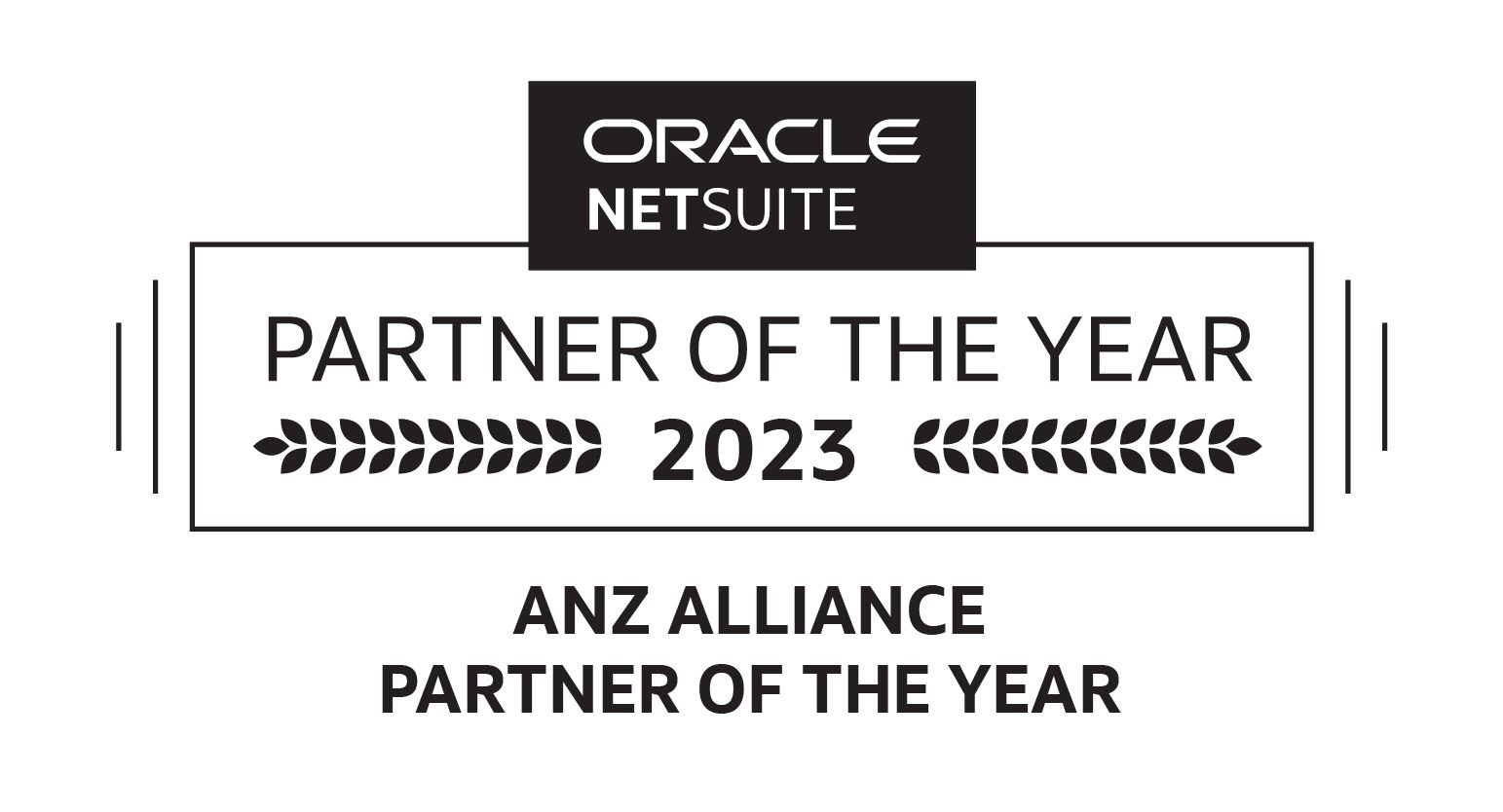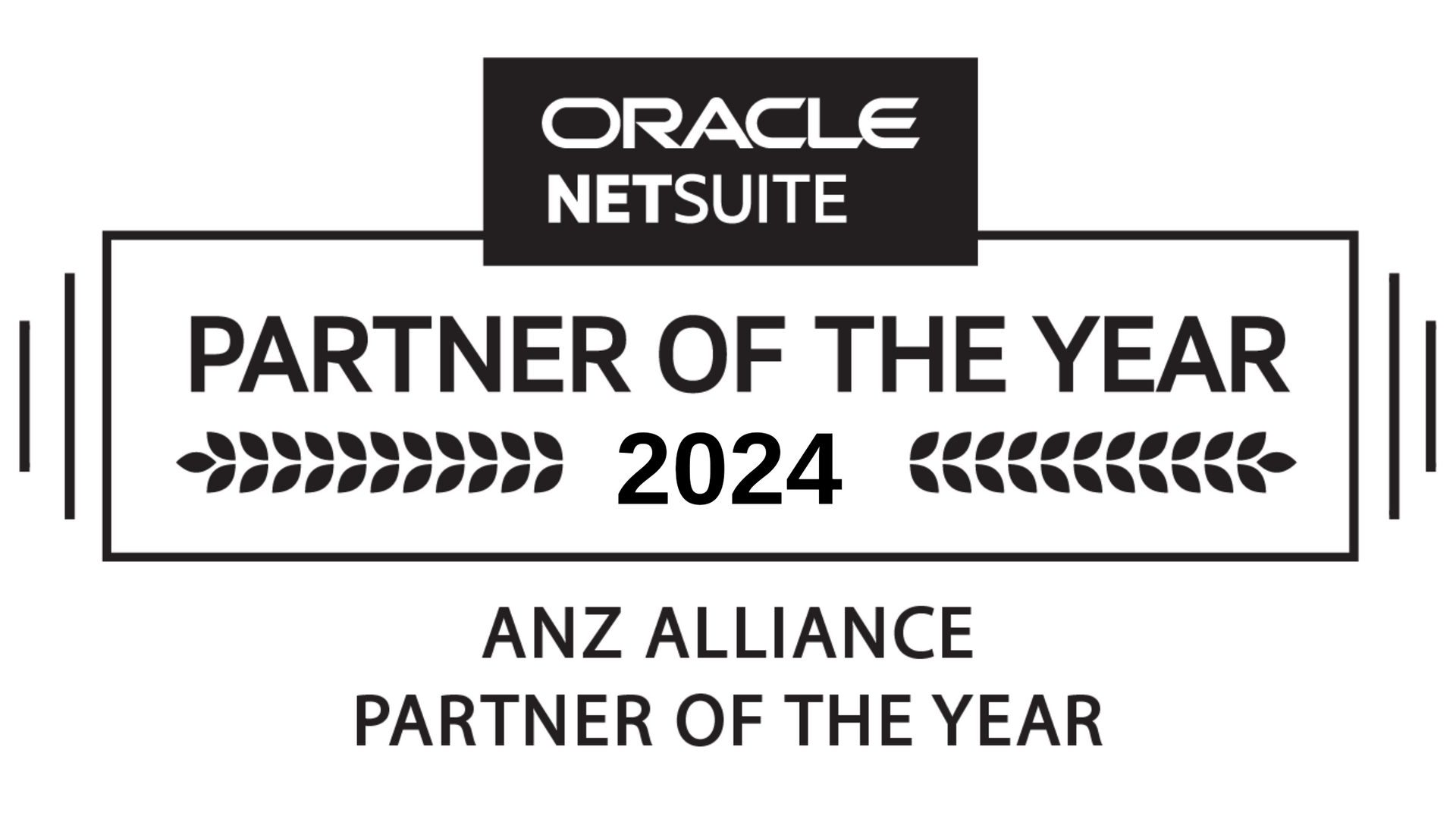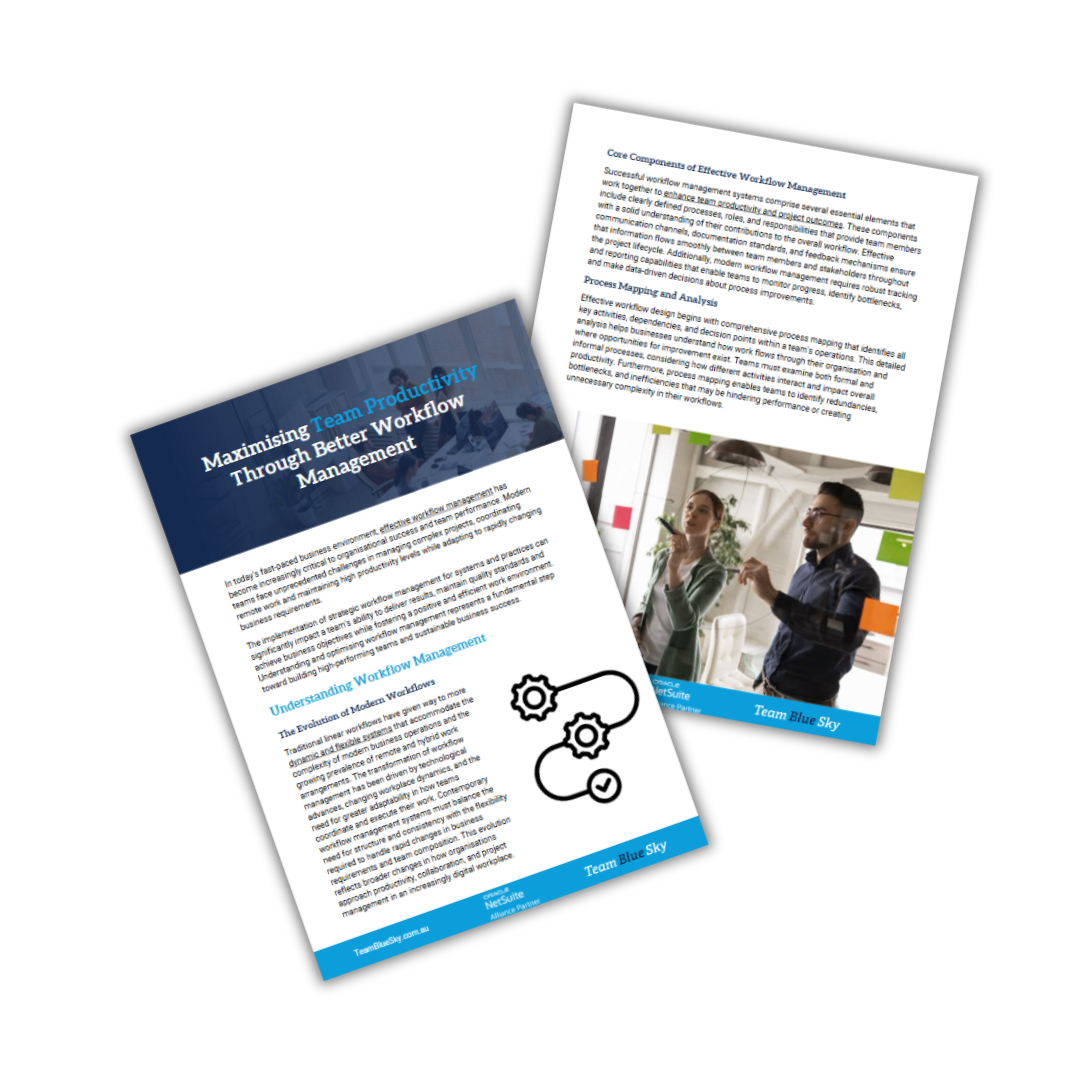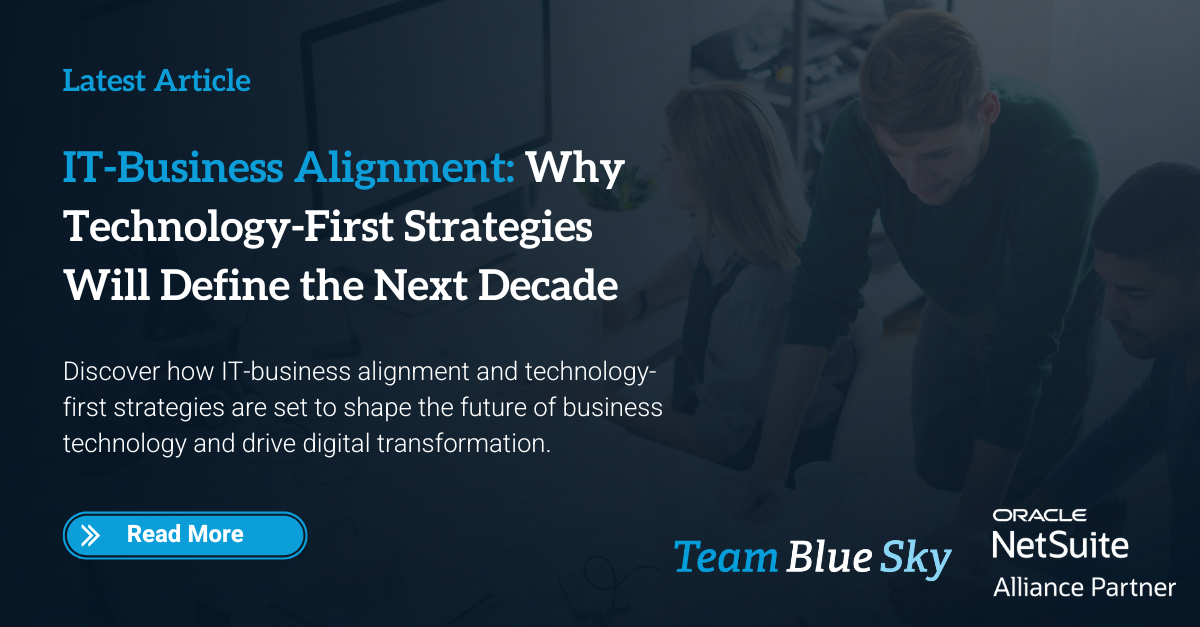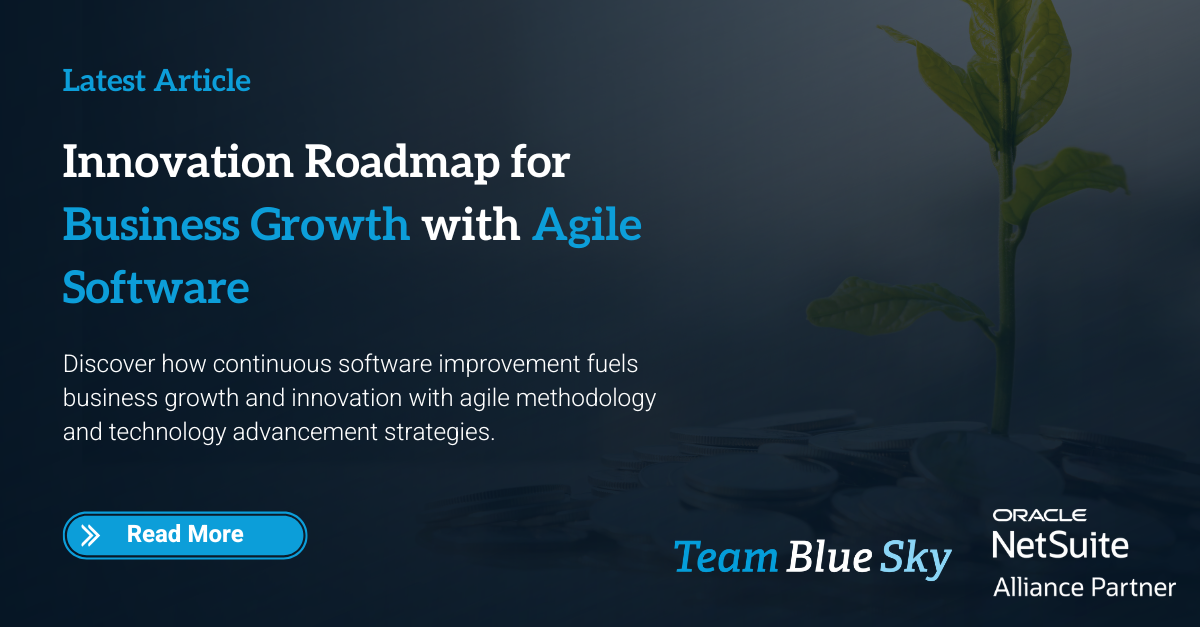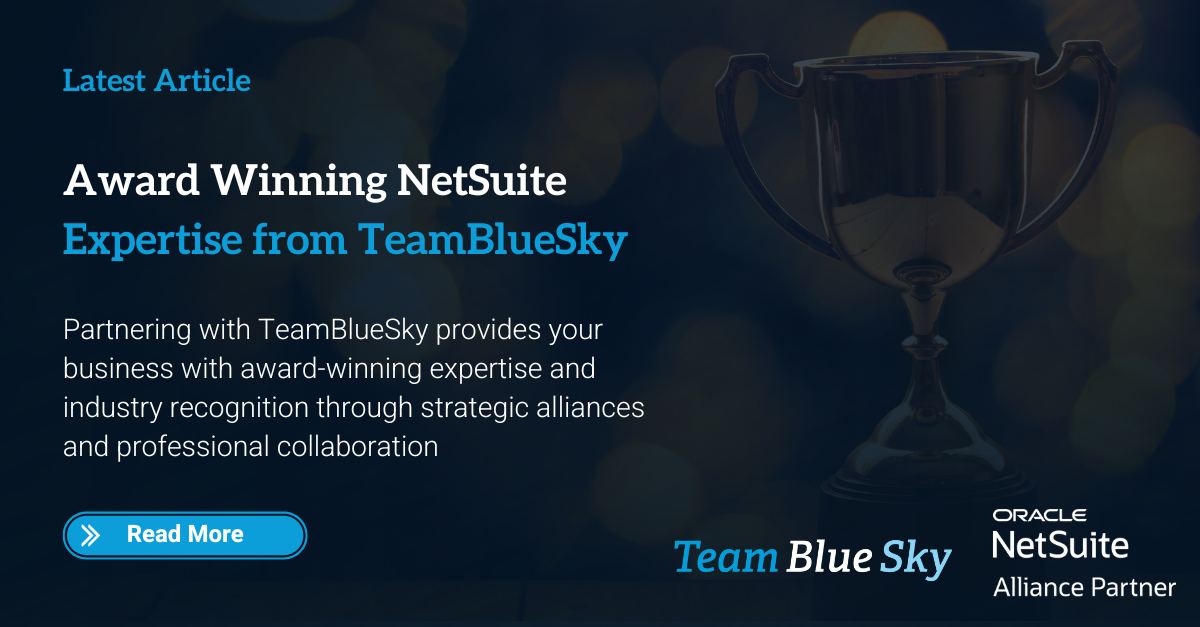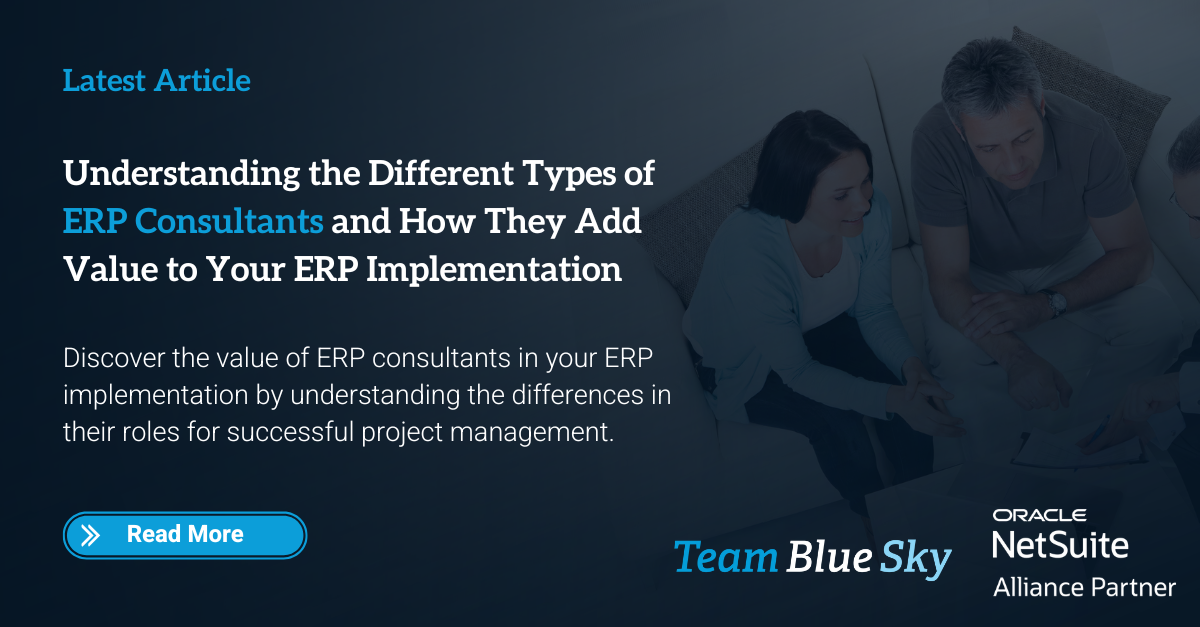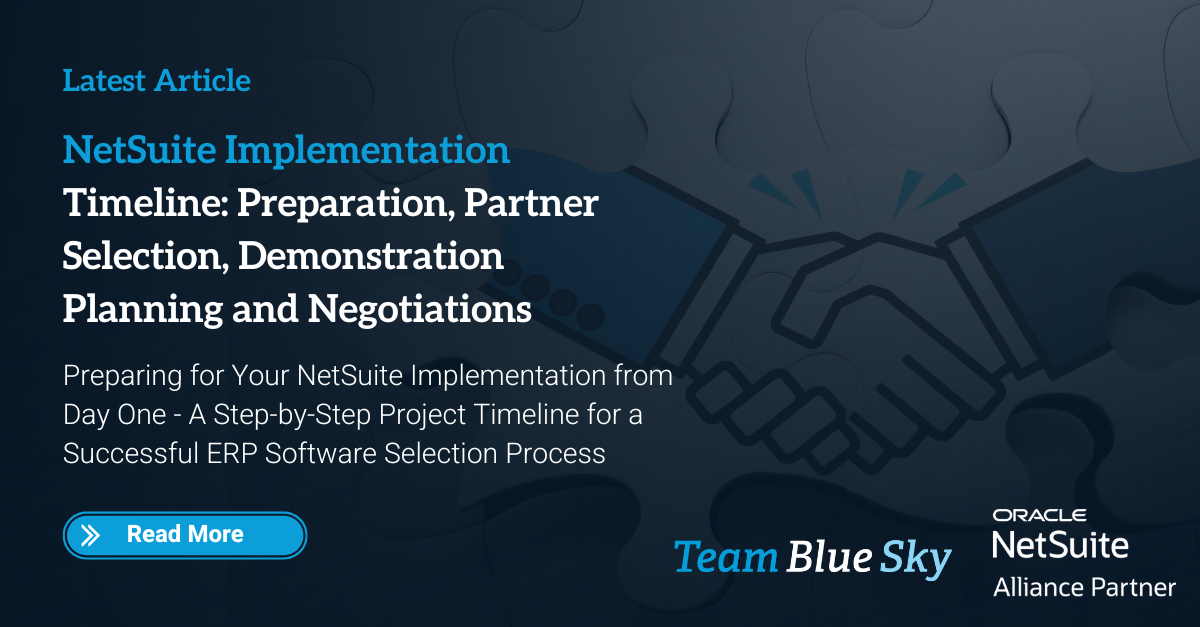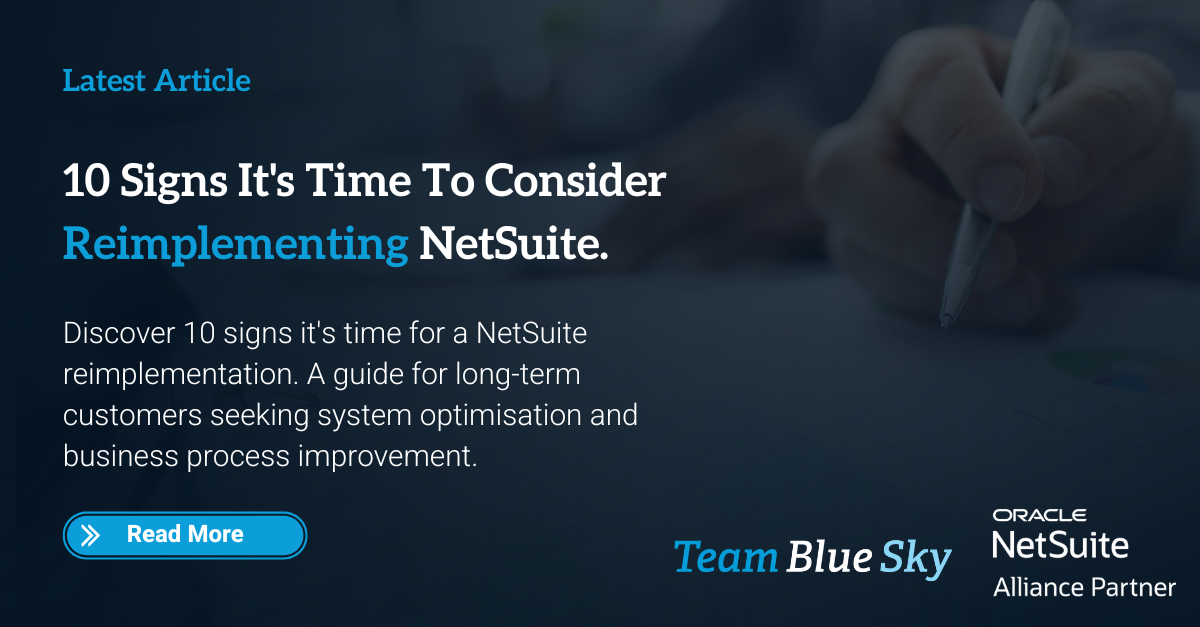Maximising Team Productivity Through Better Workflow Management
In today's fast-paced business environment, effective workflow management has become increasingly critical to organisational success and team performance. Modern teams face unprecedented challenges in managing complex projects, coordinating remote work and maintaining high productivity levels while adapting to rapidly changing business requirements.
The implementation of strategic workflow management for systems and practices can significantly impact a team's ability to deliver results, maintain quality standards and achieve business objectives while fostering a positive and efficient work environment. Understanding and optimising workflow management represents a fundamental step toward building high-performing teams and sustainable business success.
Understanding Workflow Management
The Evolution of Modern Workflows
Traditional linear workflows have given way to more dynamic and flexible systems that accommodate the complexity of modern business operations and the growing prevalence of remote and hybrid work arrangements. The transformation of workflow management has been driven by technological advances, changing workplace dynamics, and the need for greater adaptability in how teams coordinate and execute their work. Contemporary workflow management systems must balance the need for structure and consistency with the flexibility required to handle rapid changes in business requirements and team composition. This evolution reflects broader changes in how organisations approach productivity, collaboration, and project management in an increasingly digital workplace.
Core Components of Effective Workflow Management
Successful workflow management systems comprise several essential elements that work together to enhance team productivity and project outcomes. These components include clearly defined processes, roles, and responsibilities that provide team members with a solid understanding of their contributions to the overall workflow. Effective communication channels, documentation standards, and feedback mechanisms ensure that information flows smoothly between team members and stakeholders throughout the project lifecycle. Additionally, modern workflow management requires robust tracking and reporting capabilities that enable teams to monitor progress, identify bottlenecks, and make data-driven decisions about process improvements.
Process Mapping and Analysis
Effective workflow design begins with comprehensive process mapping that identifies all key activities, dependencies, and decision points within a team's operations. This detailed analysis helps businesses understand how work flows through their organisation and where opportunities for improvement exist. Teams must examine both formal and informal processes, considering how different activities interact and impact overall productivity. Furthermore, process mapping enables teams to identify redundancies, bottlenecks, and inefficiencies that may be hindering performance or creating unnecessary complexity in their workflows.
How Technology Integration and Workflow Automation Go Hand in Hand
Selecting the Right Automation Tools
Choosing appropriate workflow management tools requires careful consideration of team needs, existing systems, and organisational objectives. The selection process must account for factors such as ease of use, scalability, integration capabilities, and cost-effectiveness while ensuring the chosen solutions align with team workflows and communication preferences. Teams should evaluate multiple options through pilot programmes or trials to understand how different tools perform in their specific context and work environment. Furthermore, the implementation of new tools should include comprehensive training and support to ensure team members can effectively utilise all features and capabilities.
Identifying Internal Automation Opportunities
Identifying and implementing automation opportunities represents a crucial step in optimising workflow efficiency and reducing manual workload on team members. Modern workflow automation tools can handle routine tasks, data entry, notifications, and basic decision-making processes, allowing team members to focus on higher-value activities that require human judgement and creativity.
Communication and Collaboration
Establishing Communication Protocols
Clear communication protocols form the backbone of effective workflow management by ensuring information flows efficiently between team members, departments, and stakeholders. These protocols should define preferred communication channels for different types of interactions, expected response times, and documentation requirements for key decisions and discussions. Teams must establish guidelines for both formal and informal communication that promote transparency while preventing information overload or unnecessary interruptions. Additionally, regular review and refinement of communication protocols ensure they continue to serve team needs and adapt to changing work patterns.
Creating an environment that encourages collaboration and knowledge sharing helps teams maximise their collective productivity and problem-solving capabilities. Successful collaborative environments combine physical and digital spaces that facilitate both planned and spontaneous interactions between team members. Teams should implement structured opportunities for collaboration through regular meetings, workshops, and project reviews while also maintaining flexible channels for informal communication and idea sharing. Furthermore, fostering a collaborative culture requires active support from leadership and recognition of team members who contribute to knowledge sharing and collective success.
Managing Remote and Hybrid Teams
The increasing prevalence of remote and hybrid work arrangements requires specialised approaches to workflow management that address the unique challenges of distributed teams. Leaders must implement strategies that maintain team cohesion and productivity across different locations and time zones while ensuring equal access to information and opportunities. Remote workflow management requires robust digital infrastructure, clear communication guidelines, and regular virtual team-building activities to maintain strong working relationships. Additionally, teams must develop methods for tracking progress and maintaining accountability that work effectively in remote and hybrid environments.
Future-Proofing Workflows
Adaptability and Scalability
Building adaptable and scalable workflows ensures teams can respond effectively to changing business needs and growth opportunities. Workflow designs should incorporate sufficient flexibility to accommodate new technologies, changing team structures, and evolving business requirements. Regular assessment of workflow scalability helps identify potential constraints before they impact team performance. Furthermore, maintaining documentation and knowledge management systems supports successful scaling of operations while preserving efficiency and quality standards.
Technology Evolution
Staying informed about emerging technologies and industry trends enables teams to maintain competitive advantage through workflow innovation. Regular evaluation of new tools and methodologies helps identify opportunities for workflow enhancement and efficiency gains. Teams should develop strategies for assessing and implementing new technologies that align with their operational needs and organisational objectives. Additionally, maintaining strong relationships with technology providers ensures access to support and updates that can enhance workflow effectiveness.
Conclusion
Effective workflow management represents a critical factor in maximising team productivity and achieving sustainable business success in today's dynamic work environment. The implementation of comprehensive workflow management strategies, supported by appropriate technology and strong communication protocols, enables teams to optimise their operations and deliver consistently high-quality results. Success requires ongoing commitment to monitoring, analysis, and improvement while maintaining flexibility to adapt to changing circumstances and team needs.
As organisations continue to evolve and face new challenges, the importance of effective workflow management will only increase. Teams that invest in developing and maintaining robust workflow management systems position themselves for long-term success by creating efficient, adaptable, and collaborative work environments. The key lies in building systems that balance structure and flexibility while fostering a culture of continuous improvement and team engagement. Through thoughtful implementation of these principles and practices, teams can achieve and maintain high levels of productivity while creating positive and sustainable work environments.

Henry Sack
General Manager

With over 12 years of experience as a NetSuite implementation consultant, Henry Sack leads TeamBlueSky’s team of NetSuite and accounting experts in his role of General Manager.
TeamBlueSky is a leading Australian
NetSuite Alliance Partner whose mission is to provide critical
NetSuite BPO and
Payroll services to NetSuite clients who are wanting to simplify their
back office processes and partner with a leading
NetSuite administration expert.
TeamBlueSky have also partnered with global Suite Developer Network partners to offer local solutioning, implementation and support services for global NetSuite SuiteApps.


